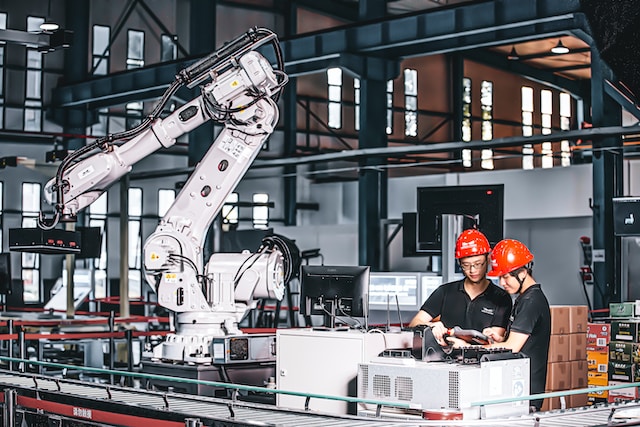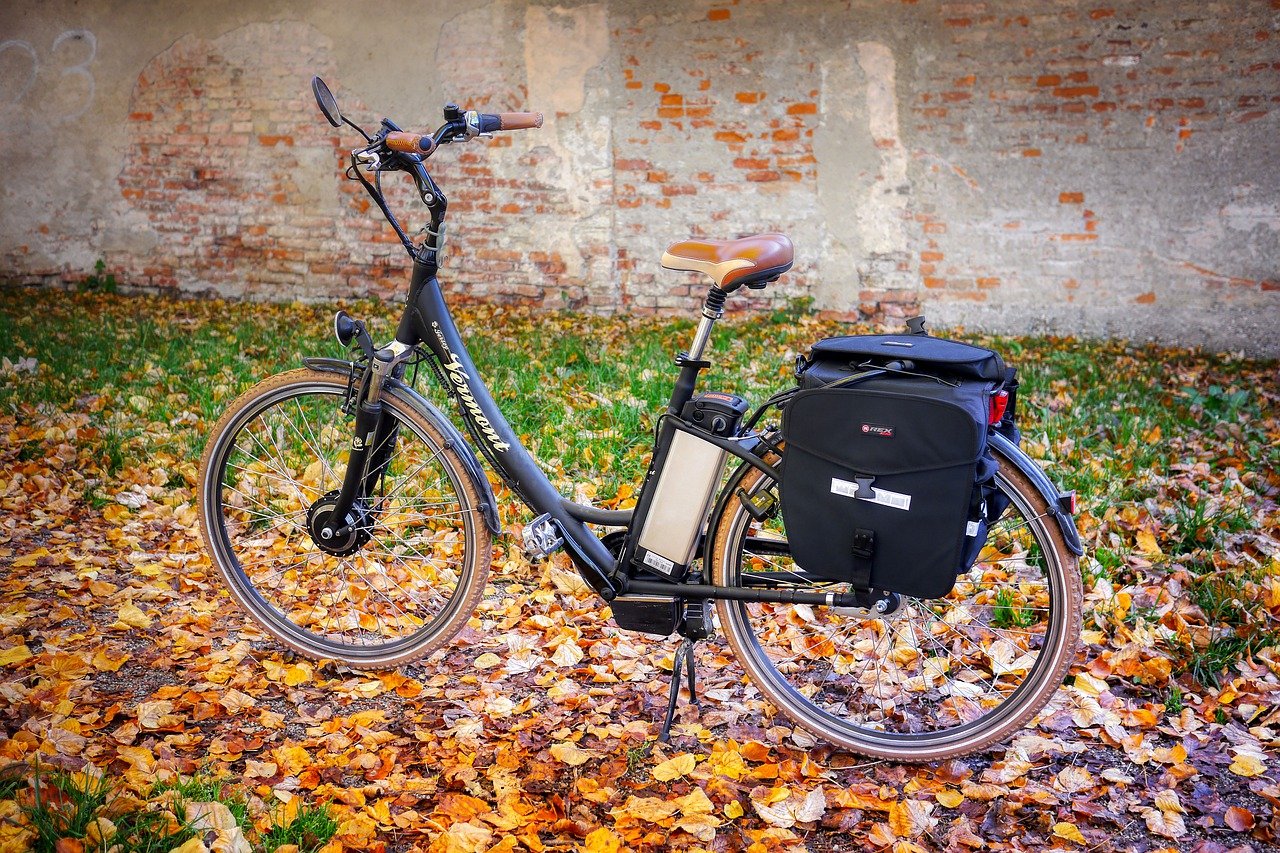Breakthrough in Nuclear Cleanup: Laser Technology Redefined
Dr. In-Deok Park and his team at the Korea Institute of Machinery and Materials (KIMM) have made a significant breakthrough in laser technology, revolutionizing nuclear cleanup. Their innovative approach enables powerful lasers to effortlessly cut through 100 mm-thick steel plates underwater, paving the way for a safer as well as more efficient future in decommissioning nuclear reactors and handling radioactive waste.
Advantages of Underwater Laser Cutting
Underwater laser cutting offers numerous advantages over traditional methods. By conducting operations underwater, workers’ exposure to radiation is greatly reduced, thereby minimizing health risks. Furthermore, the unparalleled precision of lasers allows for the controlled dismantling of complex structures, ensuring both accuracy and safety. Additionally, the high cutting speed of lasers streamlines the removal process, accelerating cleanup timelines.
How the Process Works
The process involves generating a high-power laser beam, which is then precisely focused on the steel target. The intense heat from the laser melts the steel, while a high-pressure water jet removes the molten material, resulting in a clean and efficient cut.
Towards a Safer, More Sustainable Future
This groundbreaking technology marks a significant step towards safer and more sustainable nuclear decommissioning. By reducing radiation exposure, enhancing precision, and accelerating cleanup processes, underwater laser cutting has the potential to revolutionize the industry. As research progresses, this approach promises safer, greener nuclear cleanup.







